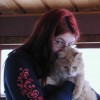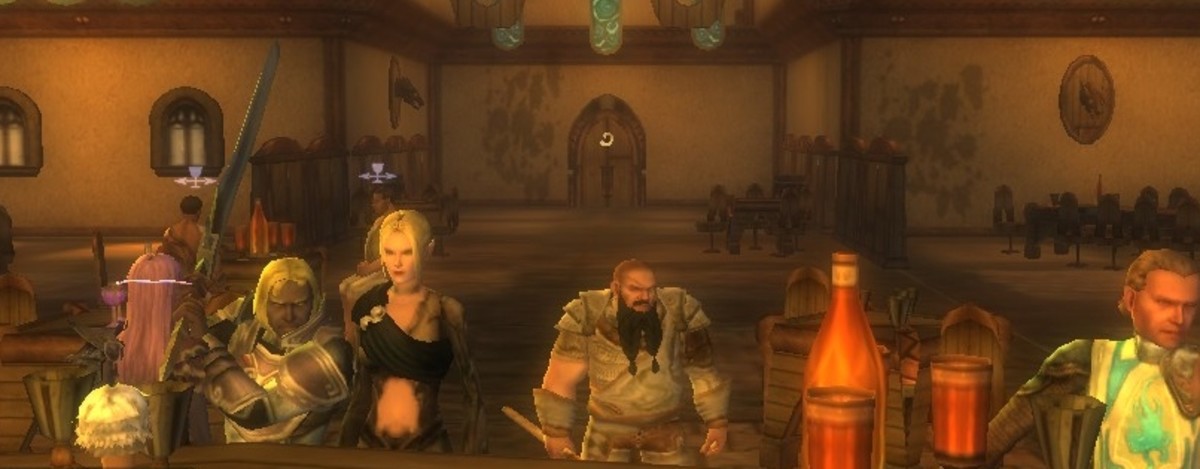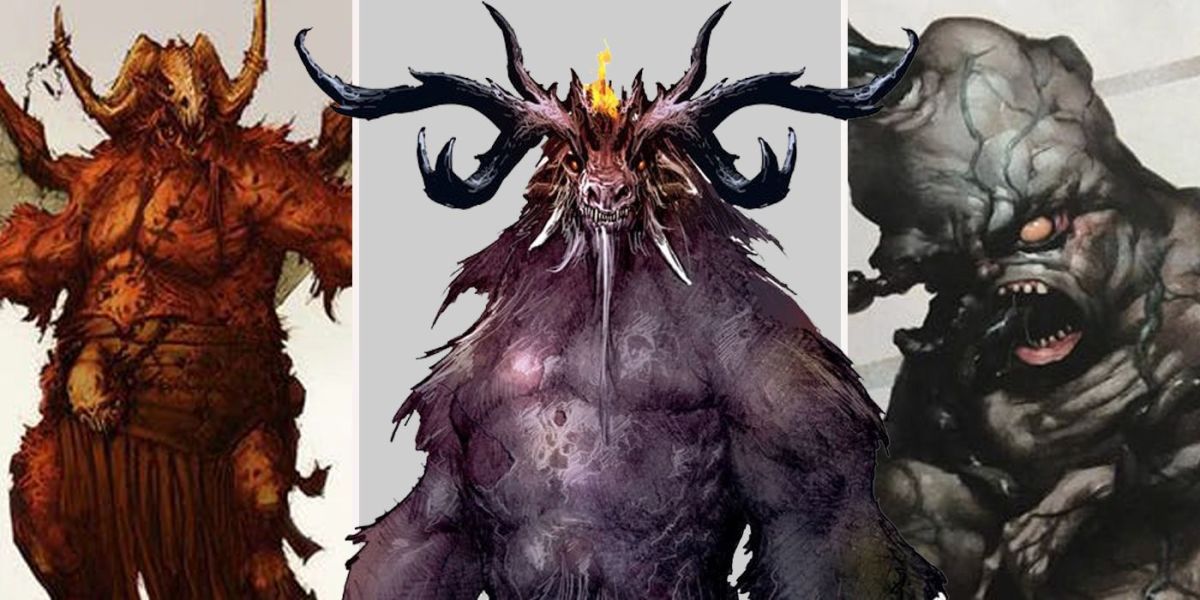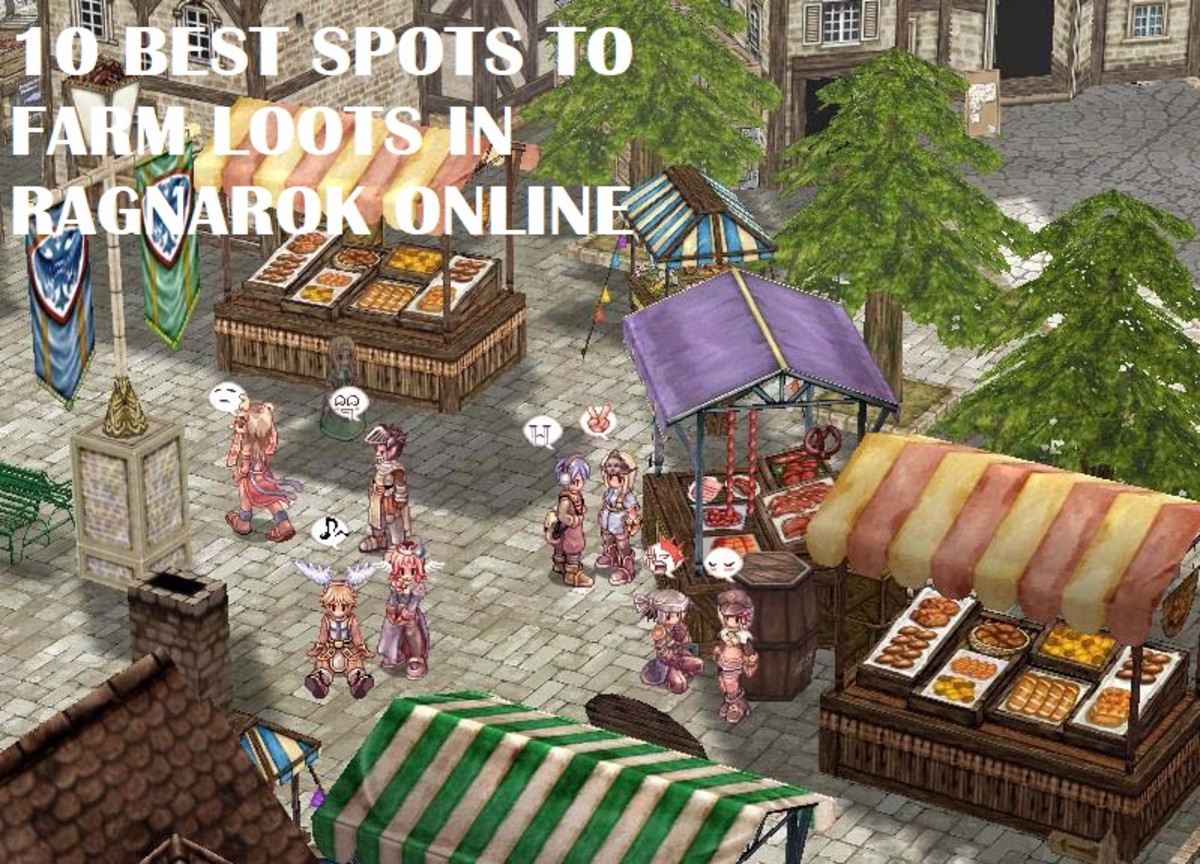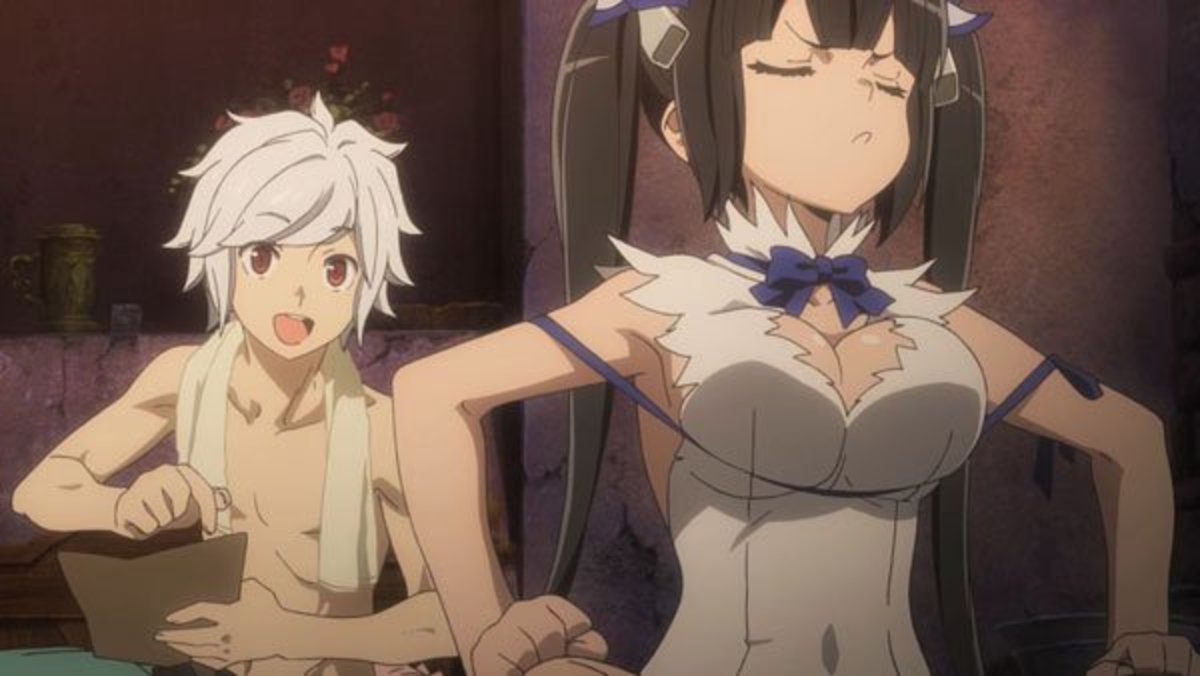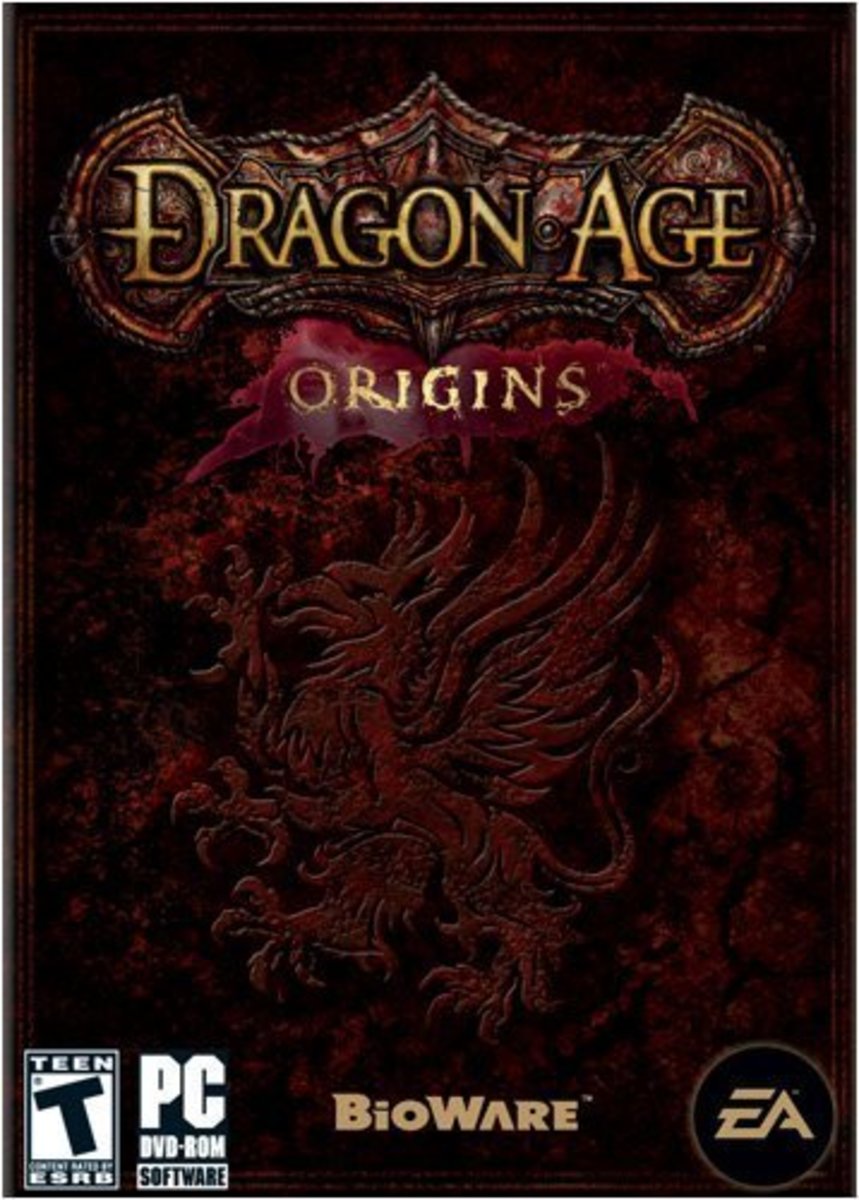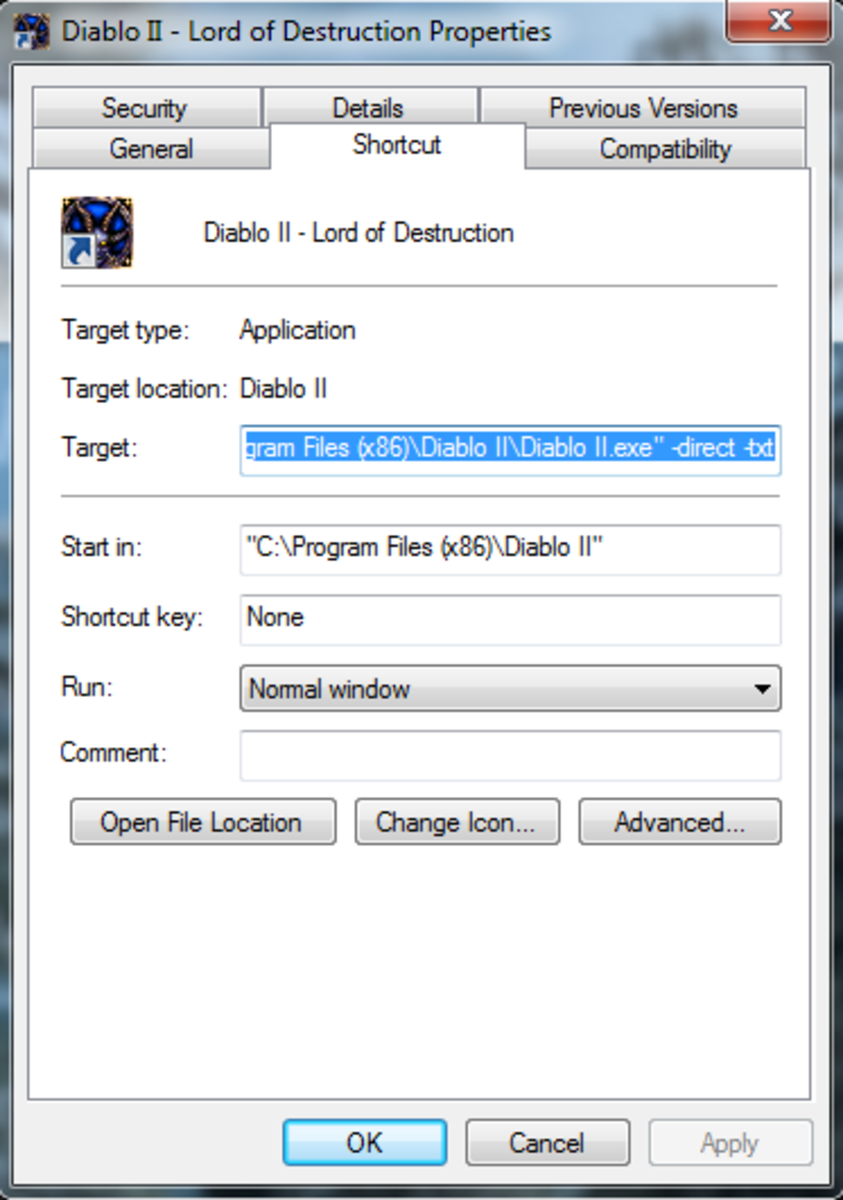How to Make a D&D Dungeon
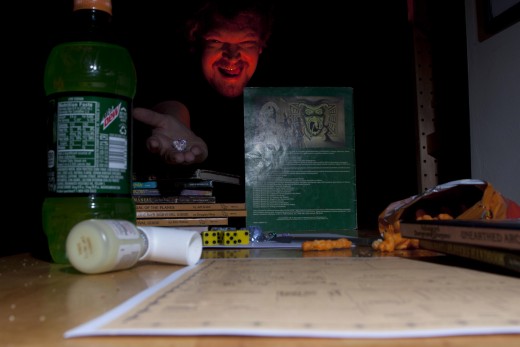
Your party has vanquished the evil sorcerer and is distributing the loot. You, as dungeon master, are feeling a sense of satisfaction that yet another dungeon is complete. But you might also feel let down, thinking that the pre-made module you just ran lacked a certain personal touch. If this is you, it's time to start creating your own D&D dungeons - and it is easier than you think!
Where Do I Begin?
Through high school and college I ran a D&D group for six to eight player characters (PCs). In that campaign our entire world from dungeons to religious history was custom-created. If this sounds like a lot of work, you are correct. Once I was out of college I no longer had the time to diagram every province's mineral resources (really, it was a hardcore group). I learned to balance custom content with the many resources provided by the official and unofficial source books, role playing magazines and the internet. These are all great sources of inspiration. You don't have to create everything from scratch to create your own dungeon.
The first step is to sit down with some paper and sketch out a rough outline of your dungeon idea. There are some critical aspects to choose at the beginning that will guide your dungeon as it develops.
- Setting - The setting of your dungeon sets the tone for the whole adventure. A wintery, alpine location suggests yetis, dwarves, wolves and White Dragons. Conversely, an urban slum near the docks opens the door for pirates and thieves. Are the PCs going to be sent here from a long distance? If not, you should select a location that is consistent with the world you are already playing in. If you've been exploring ancient dwarven ruins, you may not want yet another dwarven ruin - but a desert market or a jungle empire needs a special explanation for appearing as your next destination. Speaking of explanations...
- What is your hook? - The PCs need a reason to go to this place. There are limitless possibilities. If there are already established Non-Player Characters that your party has been interacting with, the easiest hook is to have one of your NPCs suggest or request the party go this place. Otherwise, you can plant rumors in town that something terrible or fascinating has emerged in the area. Maybe one of your players discovers a treasure map, or has a personal connection to the location. I like to provide a couple different opportunities for the PCs to choose to go there, and depending on their actions in town they may discover different reasons for each individual to want to check it out.
- What is the PCs Ultimate Goal in the Dungeon? - Do they need to defeat the final boss or locate the magical amulet? What will constitute the dungeon being "complete"? You don't have to reveal the final goal to the PCs right away, but you as the DM need to have a sense of the purpose in the dungeon. If you don't, eventually the players feel like their characters are wandering around for no reason.
- Specific Enemies, Traps, Occurrences and Treasure - This is not the stage to decide how many goblins are in each room. However, you do want to make a list of the specific items and people that must be encountered for the story to advance. Events that may be linked to your wider story or a character's background would also go into this list. Then when you are getting into the specifics of the dungeon, you can quickly scan the list to make sure all your important pieces have been accounted for.

They Said There Would Be Math
Once you have a general idea of your dungeon you may feel the drive to start in on designing a map. Creating the map is one of the most fun parts of dungeon creation. But I have found that the map should be one of the last things you put together. Instead, I suggest doing some quick and simple math first to determine your dungeon's value or, the amount of experience that will be gained from the dungeon.
What level are your players right now and what level do you want them to be when this dungeon is complete?
This is a very important question - you need to make sure there is enough content in your dungeon to provide experience for your party. Most pre-made dungeons provide 2 levels worth of experience (1-3 or 4-6 for example). If you are starting a new campaign at level one and you want your players to be just over level 3 by the end, you need at least 3000 points of experience per player in your dungeon. Say I have 4 players in my group. This means I need 12,000 total experience points that will be awarded from the challenges in my dungeon.
Taking that 12,000 as a base point, I now take a look at the Challenge Rating chart from the Dungeon Master's Handbook (Table 7-1). This shows the experience awarded from single monsters at each level of difficulty. Of course the more difficult the encounter, the more experience it will award. I could just about level my 4 players on a single CR 9 encounter! But the odds of them surviving the encounter... not so good. Instead you want a mix of difficulty levels. Make a list of the kinds of encounters you want, including single monsters, groups and traps or puzzles. I start by selecting a difficulty for the final, or most powerful, opponent. For a level one group I may select a CR 4 for the hardest difficulty. CR 4 is 1350 XP. I subtract that from my 12,000, leaving me with 10,650 for the rest of the dungeon. Next I decide I want a series of three CR 2 traps as a single encounter. That's another 1800 XP. I still have 8,850 XP left. Continue adding to your list of "kinds of encounters" until you are over your goal. You don't need to hit it exactly. It's good to have extra. Your players may not explore the entire dungeon before completing their objective and if they do, the extra XP is a good reward for their thoroughness.
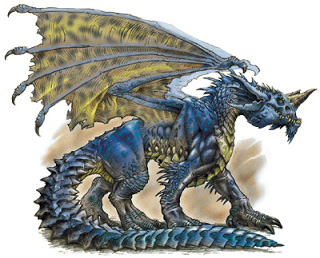
Populating the Dungeon
Now that you have a list of your encounters you can decide what each specific encounter will be. Using your setting as a reference, you can narrow down the appropriate creatures for your dungeon. If you don't have specific creatures in mind, flip through the index of the Monster Manual and jot down anything that would be appropriate in your setting. Then look at the individual entries and pick your favorites. Finally, match them to the appropriate encounters from your list.
There are several approaches to deciding what to put in your dungeon.
As Is from the Monster Manual or other source - There is nothing wrong with taking the entry exactly as it is from the Monster Manual. After all, that's why these books exist! Simply note the page for the entry in your notes and the number and type of each opponent in the encounter.
Modify Existing Entries - Add or change weapons, gear or abilities on a premade creature. This is the majority of creatures I use. Sometimes it's as simple as dressing them in different clothing that ties to the story, or describing their weapons in a different way (even though their effects are the same). If you chose to change weapons or abilities to something bigger and better, you should also adjust the encounter to be worth more experience. Note the page of the original entry and what modifications you are making.
Apply Templates to Existing Entries - In third edition D&D all the Monster Manuals contained templates at the back that would add abilities and experience to monsters by creating a hybrid creature. "Dire" for regular beasts, "Demonic" or "Angelic" creatures, or zombifying a creature are examples of templates. In general, use templates when you want to add an extra level of difficulty to a familiar weaker opponent. Using templates is very easy - usually the template itself gives you instructions.
Create your own Creature - This is the most difficult option but can also be very rewarding for your players when "Rex the Dire Yorkie" or "Pirate Captain Jean-Luc Picard" makes an appearance. I suggest when you want to use inside jokes or pop culture figures in your campaign to find a relevant monster from the Manual and simply rename him, but you might want to start completely from scratch. The appendix in the Monster Manual has a guide to making your own creatures but there is a lot of trial and error involved in this process. At first your creations will tend to be wildly stronger than expected or lackluster. If you choose to make your own creatures from scratch, be prepared to fudge dice roles or play down abilities as necessary until you get the hang of a good balance.
Non-creature Points of Interest- At this point you should also make a quick list of dungeon features that need their own space. If you want a magical statue that provides healing, just note that quickly here. Reference your earlier list of objectives for the dungeon and make sure they can be accomplished either through your XP encounters or these points of interest.
You will probably use more than one approach to populating your dungeon and that works just fine. You may also find that you need to adjust your encounters to include your favorites and that's okay too. Go back and forth as necessary until you're satisfied. Once you are, it is time to move on to mapping.
Mapping Software is An Option
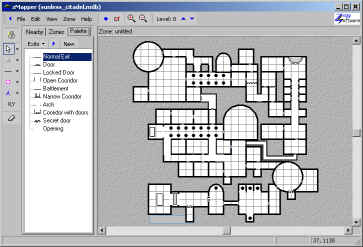
Mapping With Purpose
When I designed my first dungeon I started with a piece of graph paper and used every square to create a giant, sprawling castle full of dead ends and filler rooms. My party wandered around confused for much of the first session before finally walking into a room that had a purpose (where mind-controlled elvish cooks threw butcher knives at them!). And that is what you want from all parts of your dungeon - purpose.
Avoiding dungeon filler is why I've suggested you plan out your dungeon's encounters before designing your map. If you sit down with that blank piece of paper, your nature is going to be to fill it all. But very few professionally designed dungeons are shaped like a piece of 8x12 paper and very few real world locations would be either. Start with your blank graph paper but think about your setting. It's probably not shaped like a box. It has several stories, it may be round or a non-geometric abstract shape. Sketch out your exterior walls and the possible entrances first.
Next take your list of encounters and think about the suggested order you want your players to face them in. Then determine what kind of setting each encounter needs. Add those settings to the map. I like to give my players multiple options (doors, hallways, secret passages, etc) to wander through the dungeon, but when I do they invariably take the route I least expect. Therefore I suggest your penultimate encounter have only one access point and be located far from your entrance with a few "required" encounters along the way. You may find it helpful to start with the "final room" and work backwards.
Other Mapping Tips
Utilize "dead space" - Sometimes having "nothing there" is useful. Ancient castles were built in layers over time. Doors and walls may not line up, there may be gaps between walls. Don't feel the need to fill every 2 block corner with a broom closet full of goblins.
Make scenes come alive with NPCs - Dungeons don't just have monsters. There may be people or animals that are not hostile in there too. Add servants, citizens, animals or prisoners. These can be part of your hook or your overall story.
Magic can be used for construction - It may seem obvious but you can use magic to explain anything that doesn't make conventional sense or obey physical laws. Don't be afraid to incorporate this into your dungeon design.
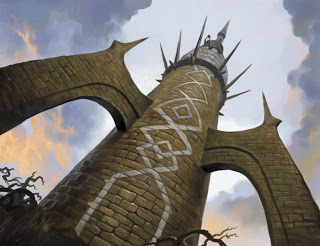
Fill In the Details
At this point you're almost done with a dungeon. How you cobble these pieces together is up to your personal preference but I type up my dungeon in a Word file, then print it out. I'll outline my process to illustrate an approach.
First I number the rooms on my map starting with 1 at the entrance and moving to the right.
Second I put in a room description in my Word document corresponding to each number. I include an opening description, a statistic for any creatures in the room, any major items that can be investigated and any treasure. It looks something like this:
14. Formal Dining Room
You enter through the double wood doors to the putrid smell of rot. Although the tapestry-lined room is furnished with elegant wood furniture, the table is laden with trays of expired fruits and vegetables.Skeletal Servant (2) HP: 14 AC: 12 atk: +2 Init: +0 page 135 MM2
Treasure: 7 gold pieces, a silver daggerTables: a few copper pieces and some silver service among a lot of rotten, disgusting food
As you lay out the specifics of each room, consider the inhabitants and what they are likely to be doing when the PCs arrive. Are they lying in wait so that a Perception check is needed to notice their presence or are they surprised by all but the most noisome parties? Add any needed notes for yourself in the write-up.
Details make a big difference in the richness and quality of the world. Consider all five sense when describing a location. What smells and sounds are there? Are there a diversity of textures, a variety of light sources or patches of darkness? At the same time, not every room needs an essay. Strike a balance between complex locations and straightforward ones. Keep in mind too, that anything you place in the dungeon has the potential to be picked up by your players and used as a weapon. One of my groups would pick up anything that wasn't nailed down, so I reduced the amount of random items in the rooms of their dungeons.
Playing Through Your Dungeon
Once you have the details filled in you are ready to share your dungeon with your party. Creating effective dungeons takes practice. You can take feedback from your players into designing the next dungeon.
One great advantage in designing your own dungeon is that you can change anything at anytime and not worry that it will change something you are unaware of later. You are the final authority on your dungeon and you will find you are a better prepared DM when you play your own campaign. This will make your sessions more enjoyable for everyone.
Overall, making your own D&D dungeon takes time and work but it is a creative and rewarding experience. If you like building dungeons, you can design your own campaign like I did and have great stories to share with your friends for years to come.
Dungeons Ideas I've Used, As Examples
- Players are arrested and have to escape from an elaborate magical prison
- Traveling between two empires at war, the party must traverse an ancient mining operation that connects both sides
- An island monastery hides secrets of the past
- In the jungle, a forgotten temple to a lost god holds a magical treasure
- The denizens of a prominent castle have been mind-controlled and need assistance
- One of your party members has been abducted and is imprisoned in a coastal fortress
- Trapped by a snowstorm, the cave you take refuge in has a secret passage at the back. Where does it lead?
- At an archaeological site, the ancient city reappears as a vision to the workers. The party gets transported back in time to confront that city's destruction.
- A volcano hides a hidden stronghold.
- A sprawling desert oasis is controlled by a shadowy figure. The streets are dangerous and full of secrets.
